News
- Lentil Steak at the French Agriculture Fair
- France Changes its Classification of Pulses in its Nutritional Guidelines
- Call for applications: “Innovate to develop people demand for plant-based proteins products”
- Closing Ceremony of the 2016 International Year of Pulses
- International Year of Pulses closes with call to build upon strong momentum

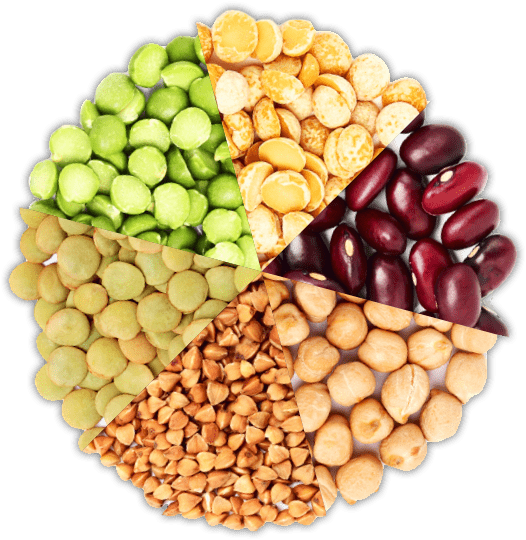



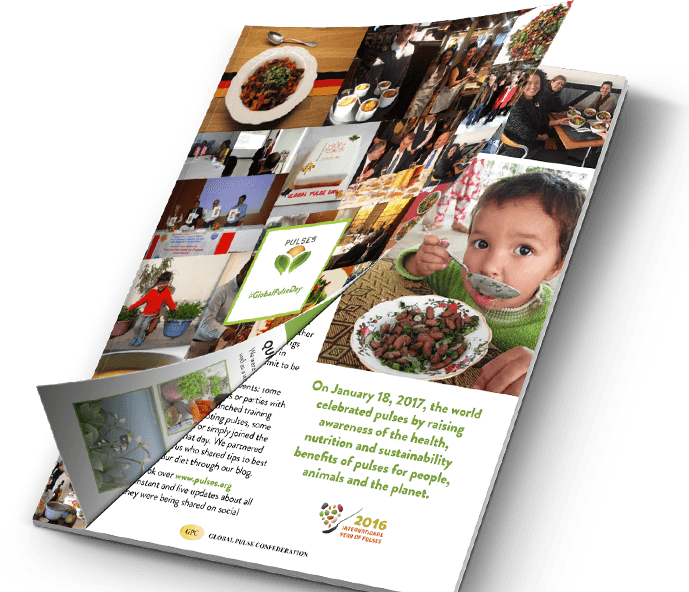






























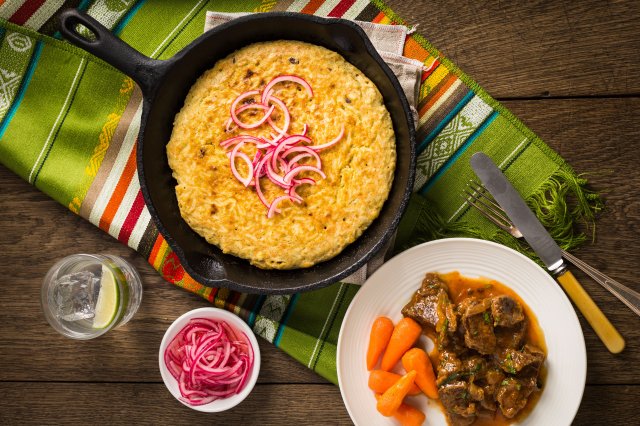


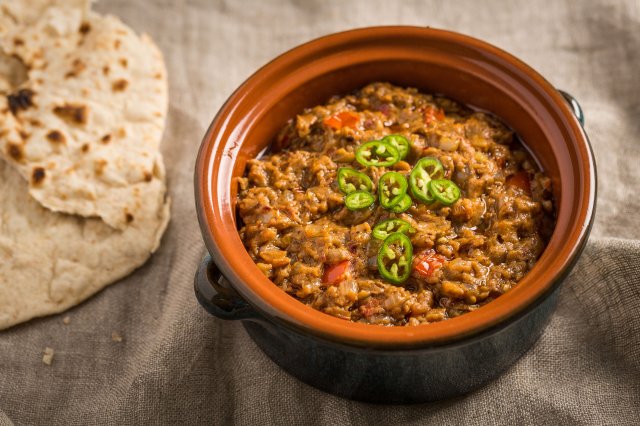
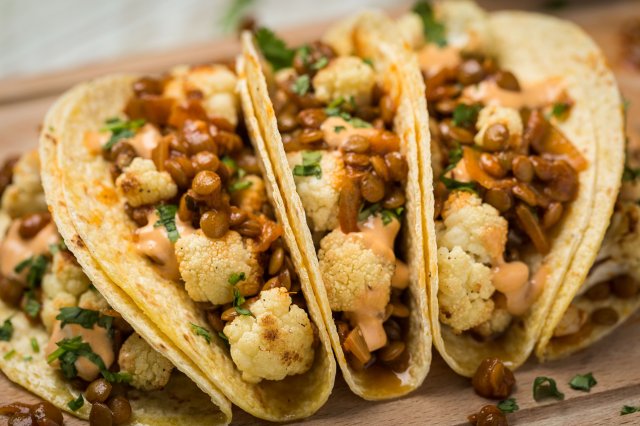
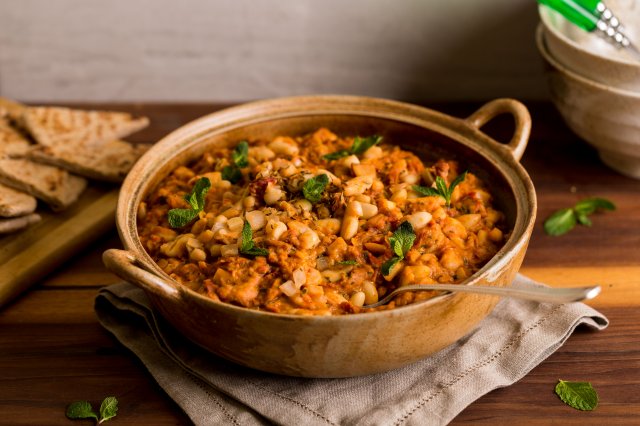

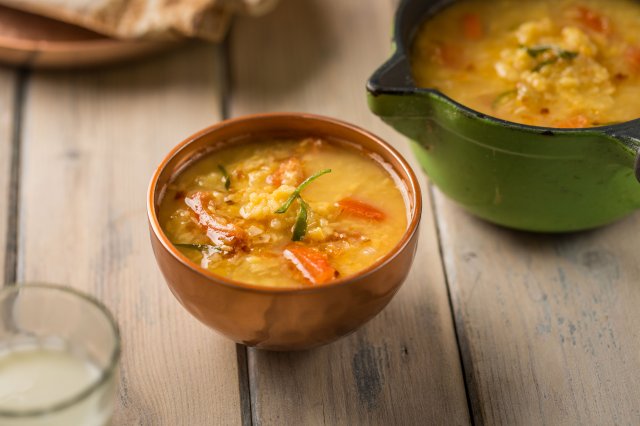
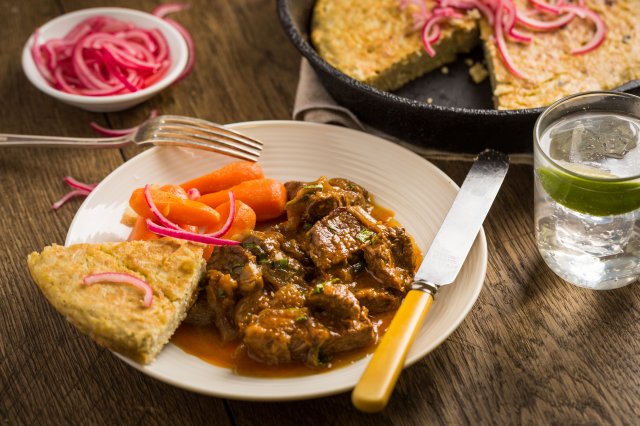
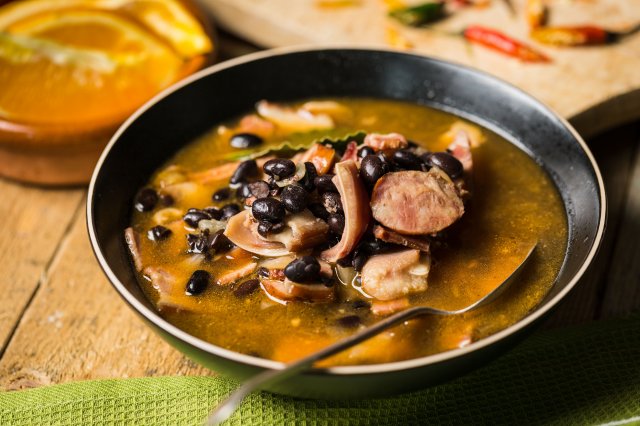
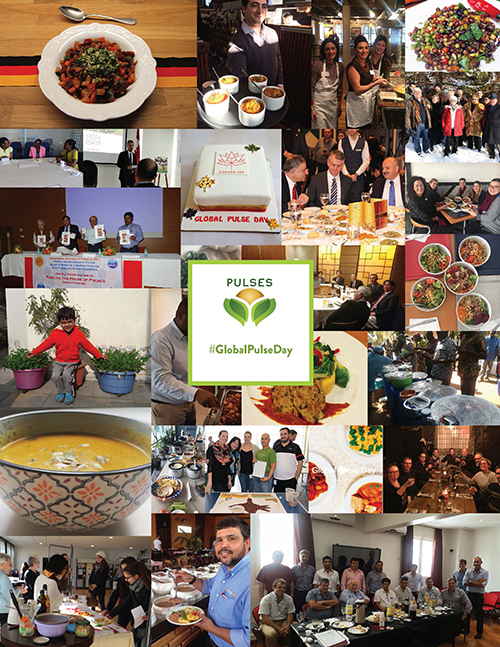 January 18, 2017 will be a day to remember for beans, peas, lentils and chickpeas. People around the globe gathered to celebrate these astonishing pulse crops - one of the final celebrations of the 2016 UN International Year of pulses - to successfully raise awareness on the multiple benefits of consuming pulses for people and the planet.
January 18, 2017 will be a day to remember for beans, peas, lentils and chickpeas. People around the globe gathered to celebrate these astonishing pulse crops - one of the final celebrations of the 2016 UN International Year of pulses - to successfully raise awareness on the multiple benefits of consuming pulses for people and the planet.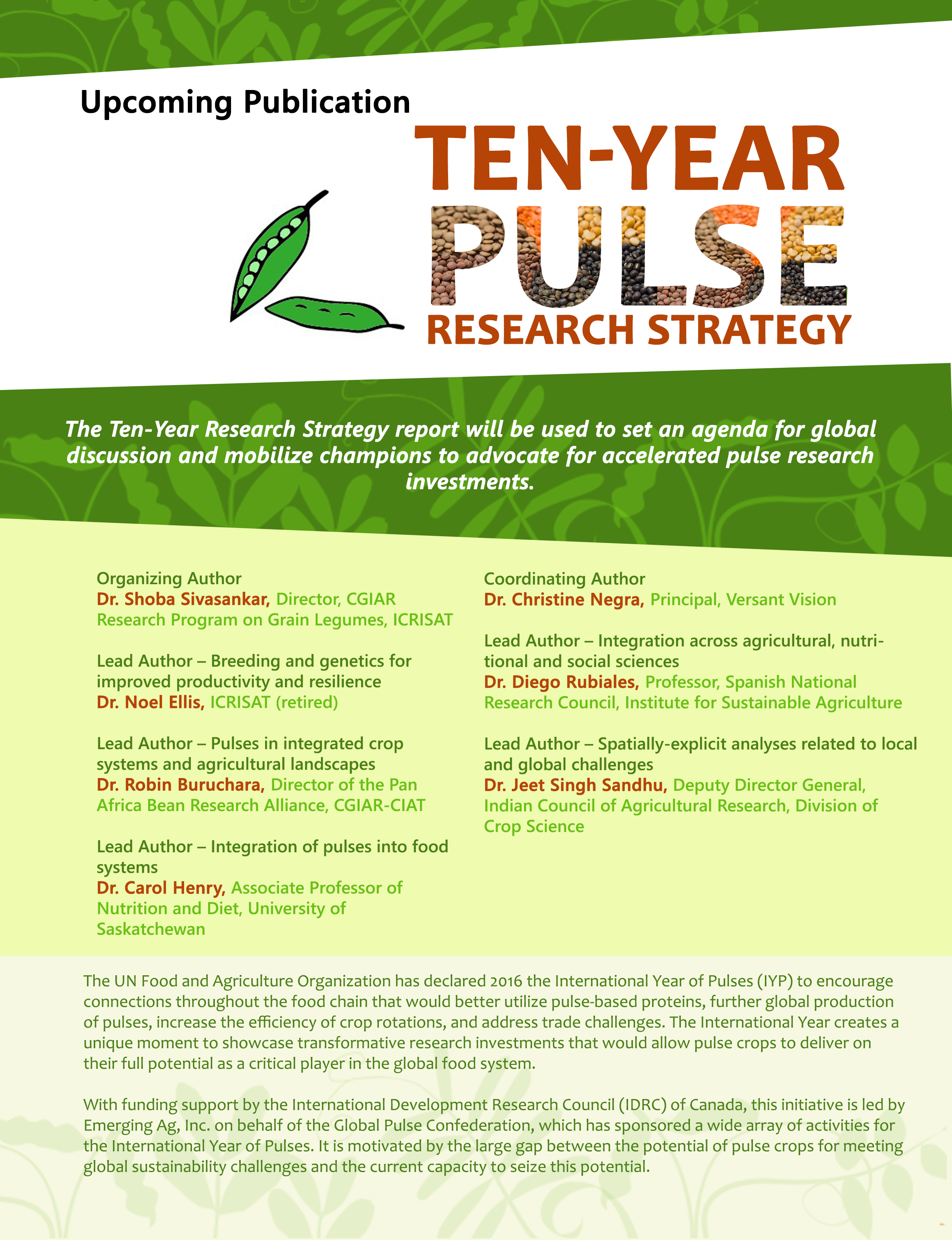 The UN Food and Agriculture Organization has declared 2016 the International Year of Pulses (IYP) to encourage connections throughout the food chain that would better utilize pulse-based proteins, further global production of pulses, increase the efficiency of crop rotations, and address trade challenges. The International Year creates a unique moment to showcase transformative research investments that would allow pulse crops to deliver on their full potential as a critical player in the global food system.
The UN Food and Agriculture Organization has declared 2016 the International Year of Pulses (IYP) to encourage connections throughout the food chain that would better utilize pulse-based proteins, further global production of pulses, increase the efficiency of crop rotations, and address trade challenges. The International Year creates a unique moment to showcase transformative research investments that would allow pulse crops to deliver on their full potential as a critical player in the global food system.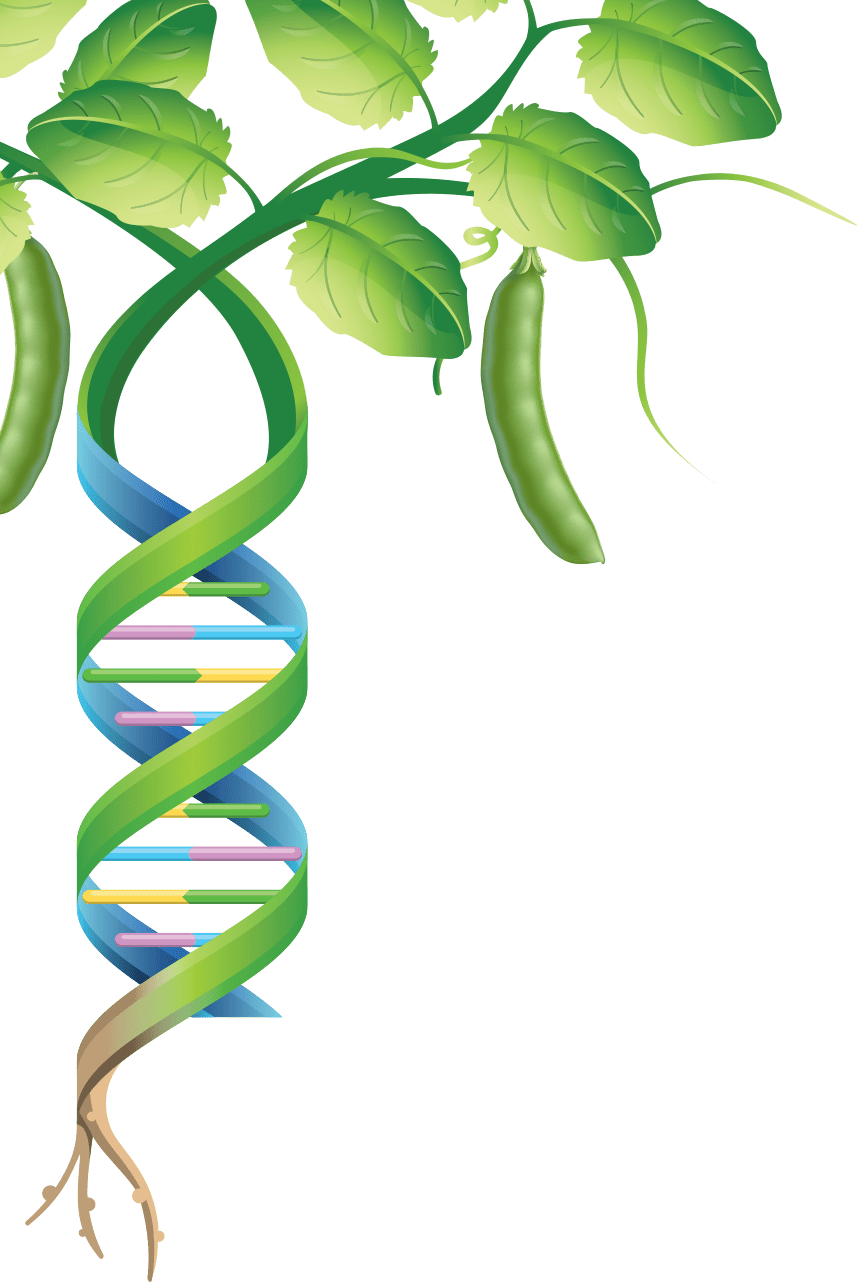




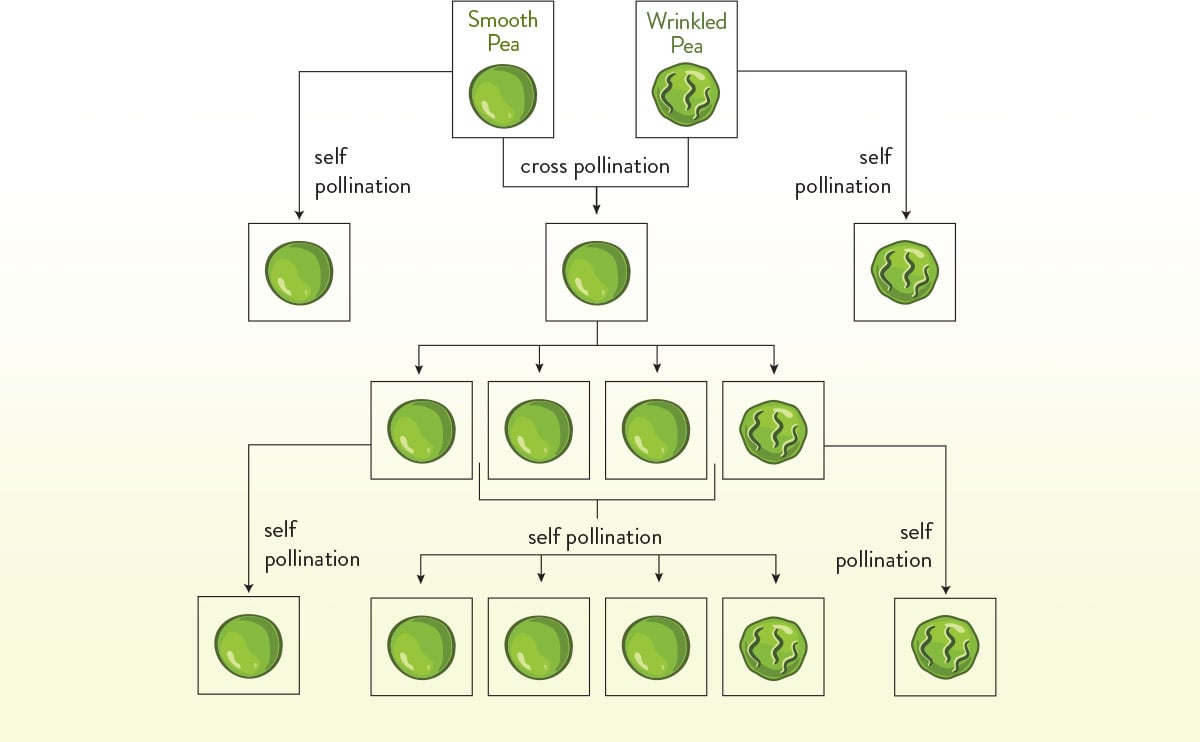
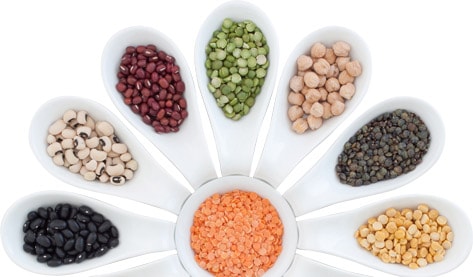



 In parts of Africa and the Middle East, many types of beans are eaten for breakfast.
In parts of Africa and the Middle East, many types of beans are eaten for breakfast.
 Lentils are loved in France, especially in the classic dish Petit salé aux lentilles.
Lentils are loved in France, especially in the classic dish Petit salé aux lentilles.
 Azuki beans are a popular ingredient in sweets in East Asia – even ice cream.
Azuki beans are a popular ingredient in sweets in East Asia – even ice cream. Roasted and seasoned chickpeas are a popular snack in India.
Roasted and seasoned chickpeas are a popular snack in India.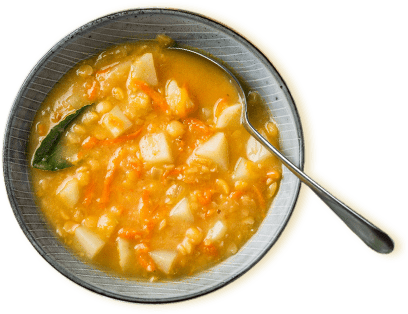 Peas were carried by early explorers of North America, because they were light but filling.
Peas were carried by early explorers of North America, because they were light but filling.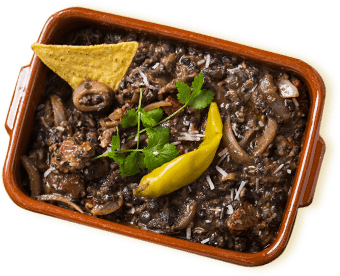 Refried beans from Mexico are actually only fried once – and sometimes not at all!
Refried beans from Mexico are actually only fried once – and sometimes not at all!
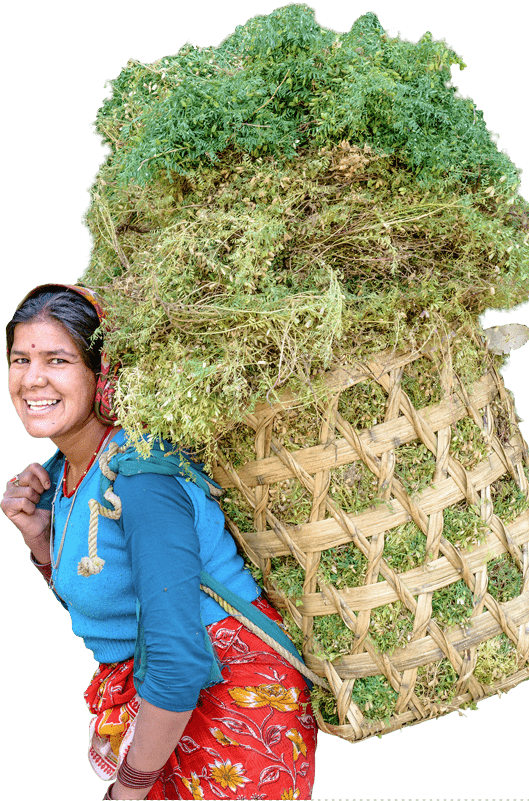


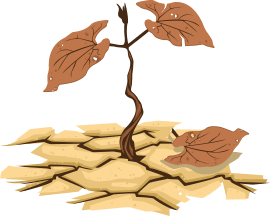



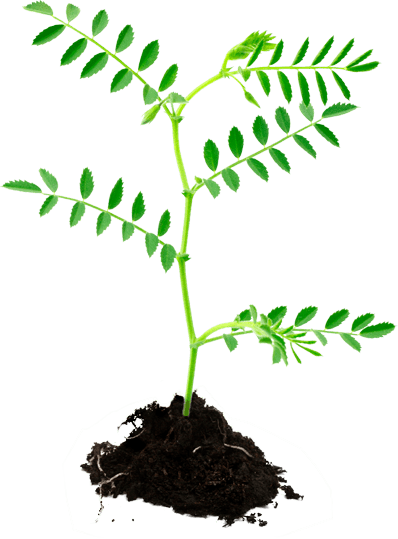






 Share your love for pulses and support the International Year of Pulses with bean-themed scarves and earrings from Casibeans! These products were featured at the Global Pulse Convention 2016 in Izmir, Turkey. Drawing a big crowd, the silk scarves and bean earrings are beautiful assets to share your love for pulses for years to come.
Share your love for pulses and support the International Year of Pulses with bean-themed scarves and earrings from Casibeans! These products were featured at the Global Pulse Convention 2016 in Izmir, Turkey. Drawing a big crowd, the silk scarves and bean earrings are beautiful assets to share your love for pulses for years to come. 
